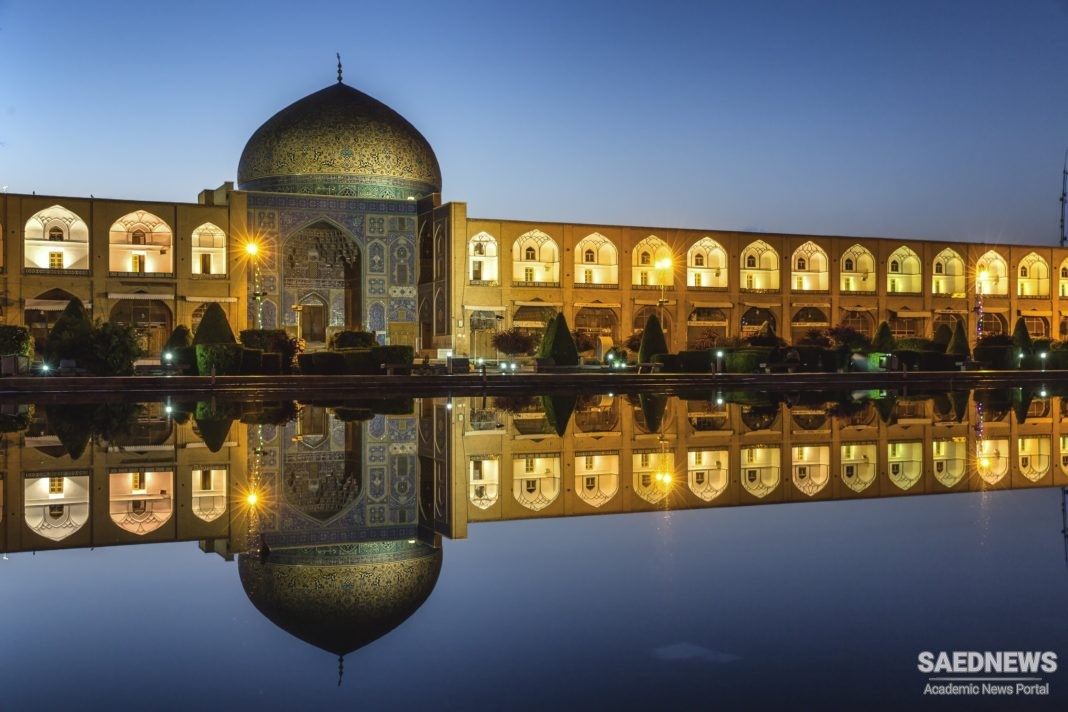The rapid growth that cultural tourism has undergone since 1980 is a direct result of the rising interest in art, culture and history, which can be explained by demographic, social and cultural changes. These changes will be discussed here as far as they influence the choice of the hospitality product as an ingredient of the guest’s cultural experience. With respect to demographic factors, the strong increase in numbers of senior citizens in the Western world has significantly extended the market for historic hotels, since the interest for history and culture grows with age. The ‘grey wave’ is all the more an interesting target group for the luxury hospitality industry as it consists of a growing number of retired, moneyed and active people in excellent health. These ‘whoopees’ (wealthy, healthy, older people) have a lot of leisure time at their disposal and more money, which they like to spend on holidays. Thanks to increased life expectancy, they are still active in leisure activities, which make them feel young in spirit: the phenomenon of down-ageing. Simultaneously, at the bottom of the demographic pyramid, a reverse process is taking place caused by the decrease in birthrate, in the number of households and in the number of persons per household. There are more and more singles and ‘dinkies’ (double income, no kids). Dinkies use breakout holidays in hotels to escape from their busy professional life and to get charged up again by shopping and cultural activities. This holiday pattern stimulates cultural tourism in historic cities. Because of increasing individualism, there is a need for tailor-made products and services reflecting the guest’s personal tastes and requirements, instead of a standardized supply. This explains the growing demand for single rooms without surcharge, as well as the emergence of unique and surprising hospitality products, such as the design hotel (Source: International Cultural TOurism).


 Heritage Tourism, a Growing Industry for Progress of Underdeveloped Nations
Heritage Tourism, a Growing Industry for Progress of Underdeveloped Nations














































